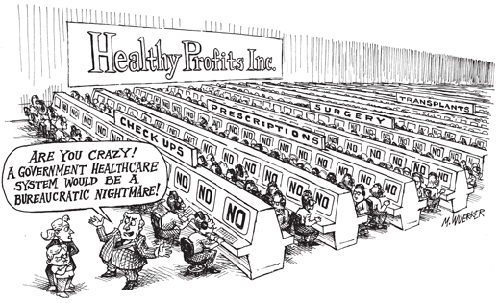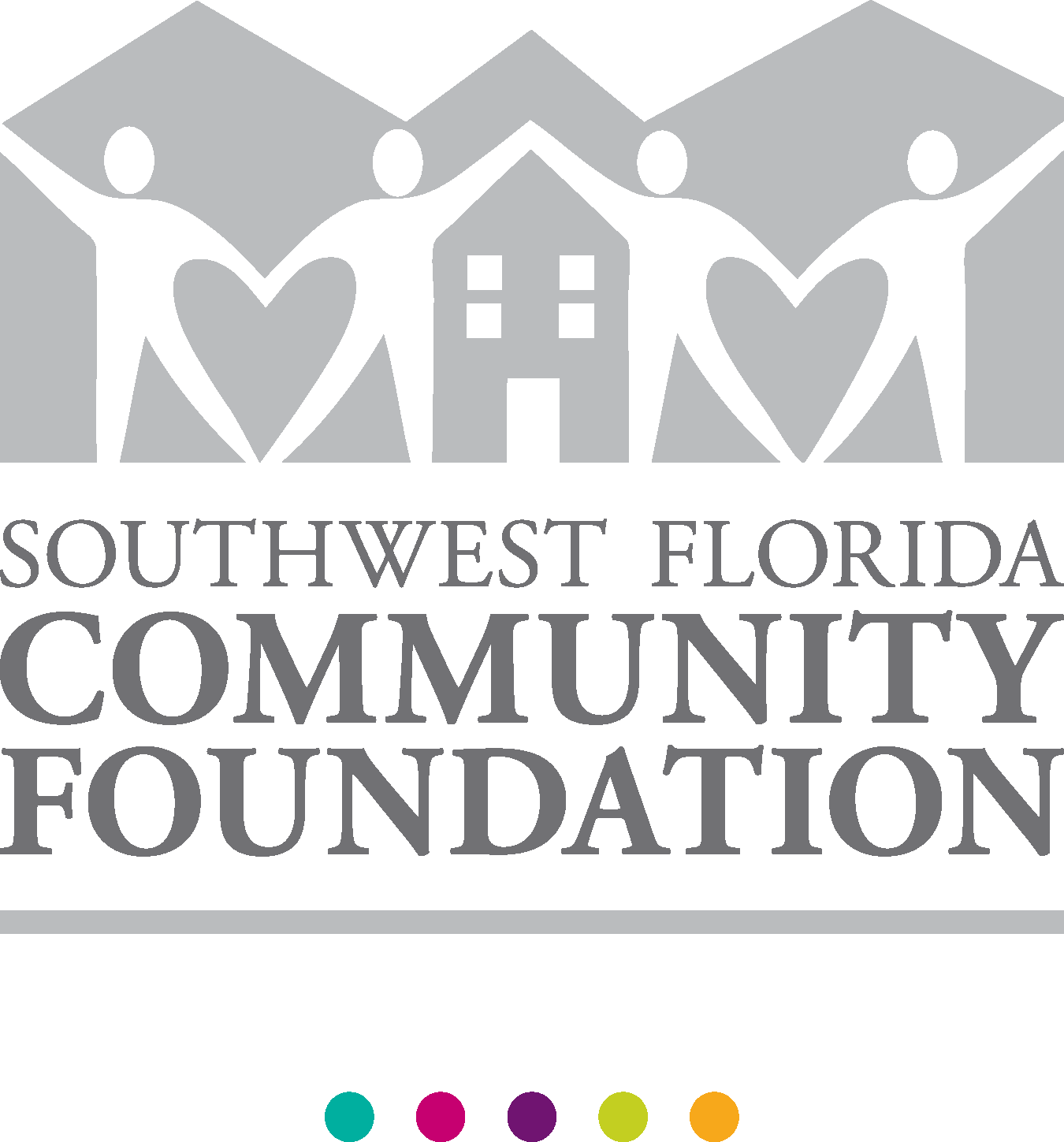One of the toughest aspects designing or evaluating HRM software is hoe well it accommodates quite specialized but frequently observed organizational designs that go way beyond the traditional command and control model that’s hard-wired into the designs of many legacy ERPs/HRMSs. Although accommodating newer organizational designs has been a goal of these older platforms, when it wasn’t addressed as part of the underlying design it’s usually handled with various layered-on clunky devices, such as person-to-person and/or organization-to-organization reporting/supervisory tables or trees, which have to be administered/audited/reported on/etc. somewhat separately. Worse yet are the organizational design “enhancements” for positions, created to support an individual holding multiple concurrent positions, which force the use of primary positions in order to sort out benefits administration etc. when, from the perspective of each position’s manager, there is only that position. We won’t even go into the mess that some HRM software makes of project teams, standing committees, matrices, etc. And while your firm may not need all of these organizational designs right now, your HRM software better not run out of steam as your needs change and grow over time. For this post, I’ve focused on those organizational designs that are common to specific industries but appear, under different names and with interesting variations, in many to most industries. This is by no means an exhaustive list so be sure to include any “quirks” from your own industry/organization (or target market if you’re an HRM software vendor).
Bank Tellers (also foundational in Chain Retail/Chain Restaurants/Chain Hotels/Etc.)
 In this scenario, an individual employee is working at Bank Branch A in a teller position. She always works in the same teller position at the drive up window because she has specialized KSAOCs that are required for that position. She always works 10:00 AM to 2:00 PM, five days a week, Monday through Friday, because that’s when her branch needs extra staffing at the drive-up window. In order to qualify for full-time benefits, she has a second teller position at a different branch (Branch B) working eight hours, 9:00 to 5:00 on Saturday, and an additional twelve hours scattered through the five days of the week, Monday through Friday, and scattered through the time period from 4:00 PM until 7:00 PM. Again, she is working the drive-up window because she has specialized KSAOCs.
In this scenario, an individual employee is working at Bank Branch A in a teller position. She always works in the same teller position at the drive up window because she has specialized KSAOCs that are required for that position. She always works 10:00 AM to 2:00 PM, five days a week, Monday through Friday, because that’s when her branch needs extra staffing at the drive-up window. In order to qualify for full-time benefits, she has a second teller position at a different branch (Branch B) working eight hours, 9:00 to 5:00 on Saturday, and an additional twelve hours scattered through the five days of the week, Monday through Friday, and scattered through the time period from 4:00 PM until 7:00 PM. Again, she is working the drive-up window because she has specialized KSAOCs.
Both bank branches are within the same geographic region, but they could easily be in different states in the US, and are therefore part of the same work unit, even though each branch is a separate work location. However, because Branch A is in a more difficult and dangerous part of the community, work at Branch A qualifies the individual employee for a hazardous duty premium on top of the normal base hourly rate. Teller jobs are classified as subject to FLSA (in the US) and are eligible for a broad range of common health and welfare benefit plans.
This employee started with the company 7/1/1997 as a part-time employee, working in a twenty hour per week teller position at Branch A. On 1/1/1999, she took on the second position (at Branch B) in order to work 40 hours, thereby becoming eligible for full-time benefits. Her position at Branch A has a higher job classification (Teller A) than her position (Teller B) at Branch B. Thus, she is paid at different hourly rates of base pay, at the two branches and, therefore, is entitled to different life insurance limits, etc. A further complication is that, at Branch B, this employee additionally has the role of safety warden on her shift. This adjunct role entails some additional responsibilities, creates eligibility for an additional rate of pay (on a monthly basis) for carrying out those additional responsibilities, and obviously requires additional training.
On April 1, 2009, this bank reorganized itself. These two branches, which had previously been within the same geographically-based retail bank work unit, have now been separated and are in two separate geographically-based retail bank work units. With this reorganization came some additional changes. Branch A has determined that it would be in its interest to have full-time bank tellers. The individual in question has been asked to become a full-time bank teller at Branch A effective 1/1/10. However, Branch B is not interested in losing this very valuable employee and so has offered, also effective 1/1/10, a promotion from an FLSA-rated teller position to a non-FLSA salaried branch manager role.
After some consideration, the employee in question decides that she would prefer to stay a bank teller, accepting a full-time teller position at Branch A, effective January 1, 2010, with an increase to the top step for the job grade of Teller A, plus a bonus based on performance to equal 20% of annual gross, depending on reaching certain performance targets on a quarterly basis. Please note that, for 2009, the gross pay etc. from both positions, paid on different schedules, must be aggregated for tax withholdings so that this employee is not over-withheld.
If you want to spice up this scenario, you might add: (1) having the two chain instances located across country borders and, therefore, subject to entirely different national regulations; (2) having the two chain instances located across state lines in the US and, therefore, subject to entirely different state regulations; (3) having the employee display “grounds for dismissal” but not terribly egregious behavior, such as having an attendance problem, in one position while performing very well in the other and then(4) the same with a truly egregious behavior, … isn’t this fun?
On The Road Sales (also foundational in any road warrior profession, including all forms of consulting/business services, widely-traveling repair/construction workers, sports team members and other entertainers)
This scenario involves a work unit called Eastern Sales Region and a second work unit called Western Sales Region. Eastern Sales Region is headquartered in New York City; the Western Sales Region is headquartered in San Francisco. By headquartered, we mean that the manager position for the sales region is physically located in these designated cities along with the support services for these on-the-road sales teams. However, all of the other positions in these sales regions, positions which are defined according to a single job called “On The Road Sales,” and then further defined in terms of the geographic region in which sales are conducted, have no physical work location other than the relevant employee’s home. They are literally “on the road.”
In addition to working out of their homes (or their car trunks, hotel rooms, or coffee shops) , they do have, of course, electronic addresses, because they have laptop computers and/or smartphones with online access to sales force automation and CRM software and relevant HRM applications, like sales commission calculators and accumulators. On the road sales people, for U.S. tax purposes, have to be taxed according to the rules that apply to both their state of residency and the state in which their salary/commissions were earned.
As of 1/1/2008, each region consisted of 25 sales districts to each of which was assigned a single sales person. On 7/1/2008, the work load was rebalanced. The Eastern Region was redefined to be 35 sales districts; the Western Region was redefined to be 24 sales districts. In the Eastern Region, some of the new sales districts were created by making some of the existing ones smaller. In the Western Region, one of the sales districts was simply moved to the East.
Given these changes, what are the work units and work locations of the sales people over time? How are taxes handled as salespeople roam the countryside? If you want to get a little fancier, (1)implement a sales contest or two; (2) consider having the Western Region spread into Canada and Mexico with their associated sales people being a combination of in-country nationals and cross-border expatriots; and (3) have some of them actually relocate while others live in the US and travel cross border to service their sales regions.
 The Professional Services Model
The Professional Services Model
At many professional services firms, only a very small number of job titles are used. These job titles are used (1) to describe very broadly the level of authority that a person with that title has to obligate the firm; (2) to help ensure equity of total compensation approaches across very different combinations of duties and responsibilities; (3) to mark someone’s progression, during their career, in overall responsibility so that people from other parts of the firm can make fairly safe assumptions about their capabilities, expected behavior and maturity when dealing with colleagues whom they don’t know; and (4) to help ensure that clients recognize that leadership roles on engagements or projects, which might be held by very young people, are in fact held by individuals whose job titles (which also imply a level of leadership) have been earned. Because of FLSA requirements and other special situations, members of the support staffs in these organizations often have job titles which describe their work with somewhat greater granularity and a more traditional, positional flavor.
In this type of organizational design, promotion from each title to the next, or hiring someone at a level above entry level, often require the submission of a nomination package and a vote by the relevant senior members of the nominee’s business unit. Equity across such firms is maintained by ensuring that the proportions of each title to the overall workforce stays where they are intended and that equivalent standards for promotion or titled hiring are used across business units. Great attention is paid to avoiding “grade” inflation. Professional services organizations also tend to have very codified procedures for setting performance goals, measuring progress against those goals, establishing career plans, measuring progress against those career plans, etc., but these highly codified procedures depend in the final analysis on the performance of the mentor and/or manager as viewed by his/her peers to influence how the performance measurement of the subordinates is interpreted.
In the professional services environment (consulting, information technology, law, medicine, accounting, and many other fields), the job title describes the employee (or even the vendor employee as with law firms that have partners who are at counsel or teaching hospitals whose residents are not employees in the usual sense) rather than the position. These are job titles in the sense that they form a unifying template over many different types of positions, unifying them not as to similar duties and responsibilities at the detail level but rather as to overall importance and value of contribution to the firm. Furthermore, such organizations usually have two very different types of roles for their professional (translate: directly billable or project) staff — ongoing, persistent organizational positions and constantly changing client project roles.
Roles that are fairly stable over time, as to duties and responsibilities, work unit, and work location, are usually defined as formal positions. For example, the manager/head position of a business unit is usually defined as a specific position for each business unit but with changing incumbents. While it might be the usual practice for the manager/head position of a particular business unit to be filled by someone with a particular job title, it could also be filled by a lower titled person on his/her way up or by a lower titled person in light of some downward movement in the business unit’s importance, complexity, size, etc.
Individuals who are working on one or more client projects also assume project-specific positions for each such project, often having very different positions on multiple, concurrent projects. If we think of those projects as teams, or as project work units, then each project position is really a project-based position whose duties and responsibilities are relevant only to that project and whose incumbent brings to that project role/position whatever job title they carry.
Since one employee (or vendor employee) could carry out the duties and responsibilities of a persistent position while playing several project-specific positions, it’s important to keep track of all of this for labor cost accounting, manpower planning, performance management, finding people with the relevant competencies for the next project, broader workforce planning, etc. Professional services organizations are a very good example of how, in a knowledge-based work environment, people carry out an ever changing set of assignments, only some of which are traditional positions.
My last true employment provides a good example. At one time during my last year at AMS, I was (1) a senior principal by job title; (2) head of the HRMDS Consulting Practice to the Federal Government by persistent position with profit and loss responsibility for the work unit of the same name; (3) the project supervisor for most projects in my consulting practice (but not for all); (4) the direct project manager for one specific, very high level consulting project; (5) an expert resource on two projects outside of my work unit; (6) the project reviewer on another project outside of my work unit; (7) the designated campus recruiter on behalf of the entire firm and under the leadership of the human resources work unit for William and Mary College and Brown University; and (8) a member of the business unit’s (the higher level work unit of which my consulting practice was a part) strategy committee. As you can imagine, I had a very complicated time sheet to complete each month (and we were still doing paper timesheets in 1986).
In this environment, it’s necessary to track hours that are billable to clients by project and perhaps task at a billing rate to that client which was set by the project’s contract and may or may not relate directly to the consultant’s job title. Furthermore, it’s important to know all that the person has accomplished so that career plans for the person, performance plans by project, and overall performance plans for the person can be set and measured. And then there’s the complication of where the work gets done, which sometimes matters only for tax and expense accounting purposes, not for managing the person, but can lead to all kinds of special compensation arrangements, e.g. eligibility for preferred provider rather than HMO health care plans because HMOs are restrictive as to their service areas, TDY (temporary duty elsewhere) payments over and above reimbursed travel and living expenses, and being permitted (or not permitted) to keep frequent flyer miles to purchase leisure travel.
The Health Care Model  (This coming together of talent for a one-off project is similiar to the entertainment industry)
(This coming together of talent for a one-off project is similiar to the entertainment industry)
Hospitals in the U.S. have fewer actual employees than the number of people who work there. Most doctors are either self-employed or part of professional partnerships or limited liability corporations. When it’s said that a doctor is “on staff” at the hospital, it really means that he fills a position essential to the operation of that hospital, e.g. head of the cardiac unit. When it’s said that a doctor is affiliated with or has privileges with a hospital, it means that he is permitted to practice there, e.g. to deliver babies to his patients at that hospital. Nurses may be employees of the hospital or of an employee leasing firm that caters to the health care industry. It’s very common for a single person, qualified as a nurse, to work at two different facilities within the same health care system. Furthermore, a single person, qualified as a nurse, might work at the same facility but in two different, persistent positions, e.g. operating room nurse for a particular shift and type of surgery as well as emergency room nurse for a different (and non-overlapping) shift. Hospitals must define their roster of required positions depending on case load, type of surgery, etc., then fill those positions with qualified staff, many of whom are independent contractors or work for other organizations (i.e., vendor employees). When my Dad was hospitalized at the end of his life, the doctors on his case were from several different specialities and, therefore, from several different partnerships of doctors, while the nursing staff was a mixture of hospital employees and leased employees, all working different shifts while the doctors made their own schedules. What happens when there are multiple facilities in one healthcare system that happen to cross state lines, as is common in many areas? When you add the full range of health care modalities and related facilities?
The Transportation Industry Model
Imagine airline pilots, truck drivers, train crews, ship crews — all the positions whose duties and responsibilities involve moving or accompanying a vehicle from here to there, with constantly changing work location, routes, cargoes, schedules, etc. In some cases, the people who fill these positions are actual employees, e.g. most airline pilots. In other cases, they are independent contractors, e.g.  many truck drivers (who may or may not own the trucks they drive). Train crews are particularly interesting because the individuals may fill different crew positions on different “runs” and even on different portions of the same “run.” I think this is also true for some pilots, who may be captain on a smaller plane and then 2nd pilot on a larger one within the same pay period. Often ship crews, on tankers for example, fill different positions at sea versus when they are in port to unload or load versus when they are in repair dock. While I’m not expert in any of the transportation industries discussed here, I see all sorts of position/job/assignment complications, including all the linkages to work location, work unit and non-HRM constructs. For example, pilots are limited in their number of flight hours, wait hours, on call hours, etc. by the FAA, but the location at which these different types of hours occur is a result of company scheduling.
many truck drivers (who may or may not own the trucks they drive). Train crews are particularly interesting because the individuals may fill different crew positions on different “runs” and even on different portions of the same “run.” I think this is also true for some pilots, who may be captain on a smaller plane and then 2nd pilot on a larger one within the same pay period. Often ship crews, on tankers for example, fill different positions at sea versus when they are in port to unload or load versus when they are in repair dock. While I’m not expert in any of the transportation industries discussed here, I see all sorts of position/job/assignment complications, including all the linkages to work location, work unit and non-HRM constructs. For example, pilots are limited in their number of flight hours, wait hours, on call hours, etc. by the FAA, but the location at which these different types of hours occur is a result of company scheduling.
The bottom line. Because we’re always talking about work and workers in human resource management, we’re talking about the most variable area of any enterprise in terms of trying to pin down all of the relevant scenarios. HRM is such a heavily regulated and contractually obligated domain that we’re never far away, in considering a particular scenario, from those regulatory or contractual requirements. And because of the vagaries of human lifestyles, domestic situations, health, religious practices, cultural expectations, tribal ties, and just the daily ups and downs of human attitudes and behavior, it’s more important in HRM than in most other enterprise domains to allow for the impact of the unexpected, the uncontrollable. Snow storms, power outtages, pickets at the gates, presidential motorcades, subway failures, family illness, and the list goes on of the many factors that can affect, at any moment, the otherwise smooth operations of an organization’s work and workers. Great scenarios attempt to probe how the software or services under consideration would respond to the most likely among these,either for a specific organization or, if you’re the vendor, for your target market.






[…] Ongoing Organizational Design Complexities […]
[…] far fewer organizations were truly global, and the list goes on. PeopleSoft didn’t require the granularity of positions and many to most PeopleSoft implementations relied on an everything but the kitchen sink job code […]
Thank you for another informative blog. Where else could I get that kind of info written in such a perfect way? I have a project that I am just now working on, and I have been on the look out for such information.